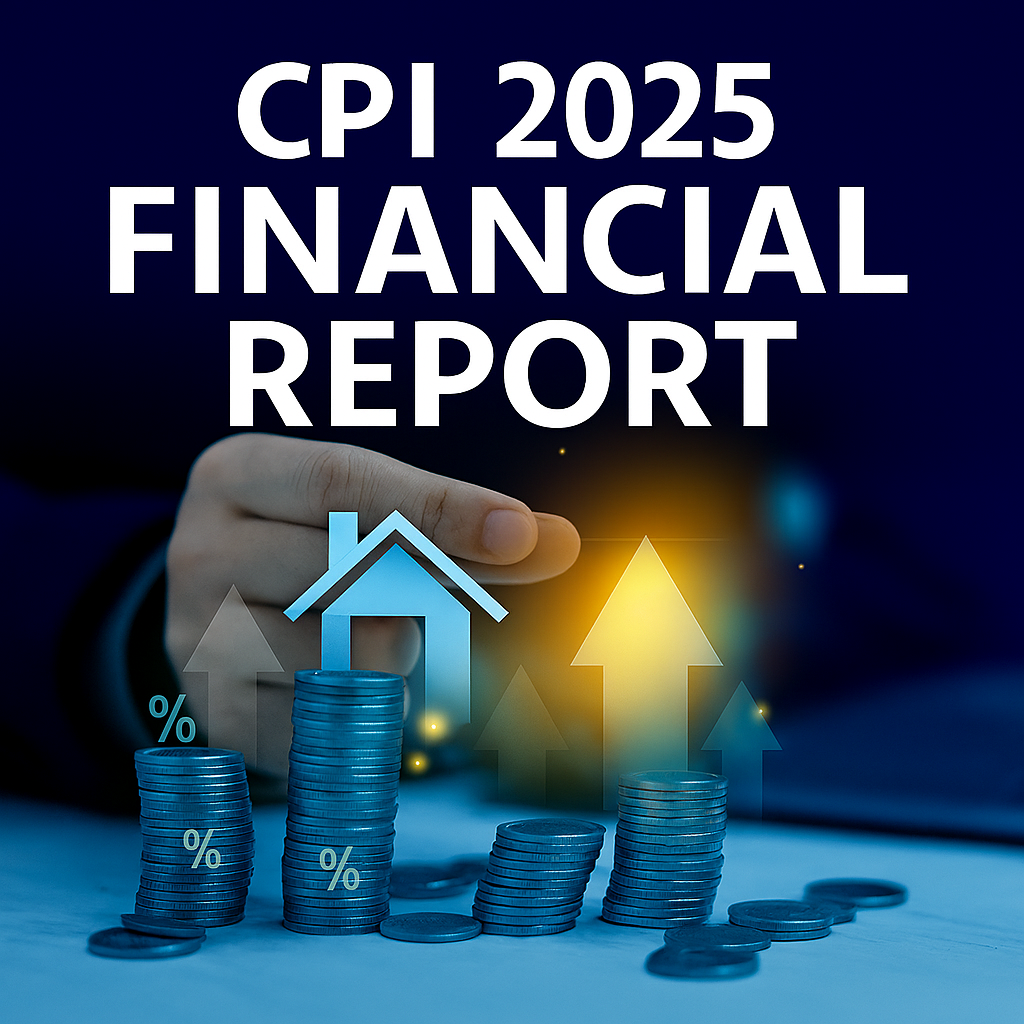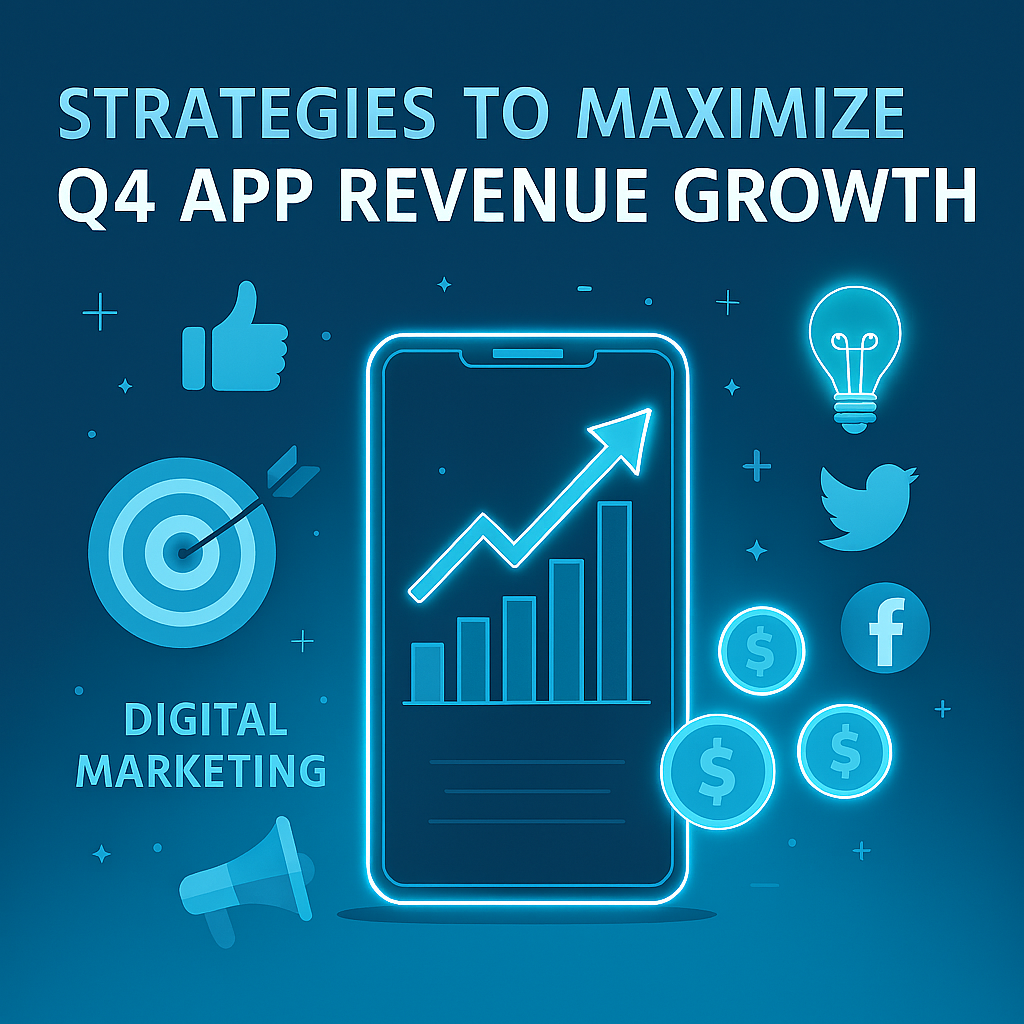Are you looking for a ROAS-driven user acquisition campaign ? Read Mapendo's latest case study here!
Mobile games are the first app category in terms of ad spend, allocating large budgets to user acquisition. As opposed to other app categories, user acquisition for mobile games is strictly ROI-focused, and UA partners often have hard KPIs to achieve, such as a 70% ROI from new users within 30 days from the install.
Here at Mapendo we work with many mobile game developers, who ask us to bring in big volumes of new users, while constantly aiming at their ROI target. Since it’s not an easy feat, cooperation with game developers is essential to the success of user acquisition campaigns.
For instance, a well-known mobile game developer, when enlisting us as UA partners for one of their simulation games, granted us access to their own Business Intelligence platform, to monitor ROI-related metrics.
How is ROI calculated in mobile games ?
First of all, it’s worth remembering that mobile games monetize through either in-app ads or in-app purchases (IAPs). The balance between the two different monetization channels often depends on the game category. While hyper-casual games monetize mostly through ads, strategy and simulation games heavily rely on IAPs.
Once it’s clear where revenue comes from, costs come into play. Advertisers usually promote their mobile games through CPI app install campaigns, paying their UA sources a fixed or dynamic payout for each install they generate.
Hence, the formula to compute ROI in mobile games is the following:
ROI = [ net revenue from new users / total ad spend ] * 100
App campaign optimization towards ROI for mobile games
Going back to the simulation game we were asked to promote, as mentioned above, our client granted us access to their software for predictive analytics. Collecting data from Appsflyer, which both us and the advertiser are integrated with, their software predicts the overall ROI generated by new users coming from our ads.
Even though we don’t know how their predictive model works, or which dimensions it analyzes (app opens, retention rate, in-app purchase, usage time, etc.), this integration provided us with fresh insights about our activity and data updated on a daily basis.

Which metrics to monitor in order to increase ROI for mobile games ?
By looking at their predictive software, we were able to monitor every day multiple metrics related to the new users brought in by our app campaigns. For example, we could look at the revenue they had generated, their LTV, their ARPU and also the overall ROI of the user acquisition campaign.
Also, data about ROI were distributed across many different time windows after the install. For example we could look at the predictive ROI for the same day of the install, for 7 days after, 30 days and so on up to 200 days. In addition, as data were updated day-by-day, metrics about our past performance were also affected, helping us better understand the user funnel and the average time frame between the install and in-app purchases.
Mapendo’s optimization towards mobile games’ ROI
By integrating data from the advertiser’s BI platform with data from our own DSP, we had a full set of dimensions to work on in order to increase the ROI for the promoted mobile game:
- CPI;
- App placements;
- Creatives;
- 20+ contextual signals analyzed by our ML algorithms.
Our campaign managers worked hard to correlate such dimensions with fluctuations in the number of in-app purchases, user LTV and overall ROI. Decreasing CPI looks like the easiest way to increase ROI since it leads to a cost deduction for advertisers. This is especially true once the campaign is well optimized and you can see the ROI generated in the previous months with a specific CPI.
However low CPIs may lead to low-quality users, thus affecting the ROI anyway, or they may not cover the cost of buying more expensive ad placements, like those for video and playable ads.
Indeed, creatives play a huge role in ROI-optimization, since we observed that video and playable ads were responsible for bringing in users with higher LTV, who made many in-app purchases or the most expensive ones (we could also monitor the amount of each IAP generated by new users).
Furthermore, whitelisting and blacklisting entire app categories or even specific apps, in the real time bidding process, was crucial to increase user acquisition ROI for mobile games. It is well-known that mobile games players are most likely to become potential users for other mobile games, and this assumption is often confirmed when buying ad placements from other mobile games.
The whole process was helped by our proprietary machine learning algorithms, able to optimize the ad placements buying towards the best performing traffic pockets in terms of in-app purchases and user LTV. Os version, connection type, Internet Service Provider, zip code are only a few of the contextual signals analyzed by our platform in order to identify traffic pockets.

Conclusion
To sum-up, ROI for mobile games depends on many factors, all of which can be optimized depending on the available data. Thus, full transparency and collaboration with the advertiser are essential. We helped increase our advertiser’s mobile games ROI following these steps:
- Integrate with their BI for ROI predictive analysis
- Monitor and analyze ROI-related metrics on a daily basis;
- Optimize app campaigns on our end, by working with ML algorithms
To learn more about creative optimization for mobile games, don’t miss our latest article about banners, videos and playables!





















